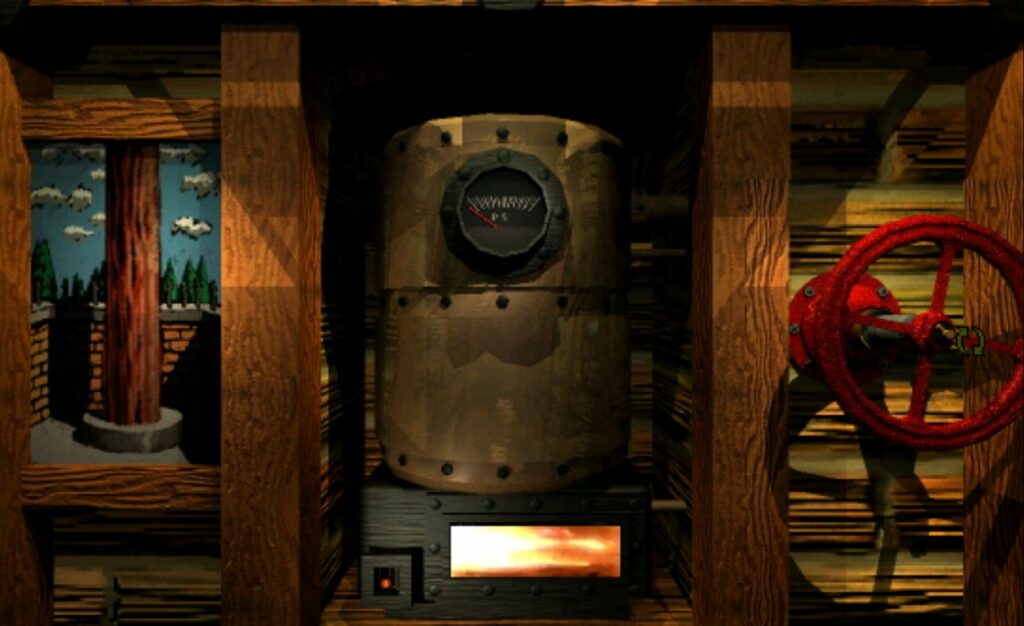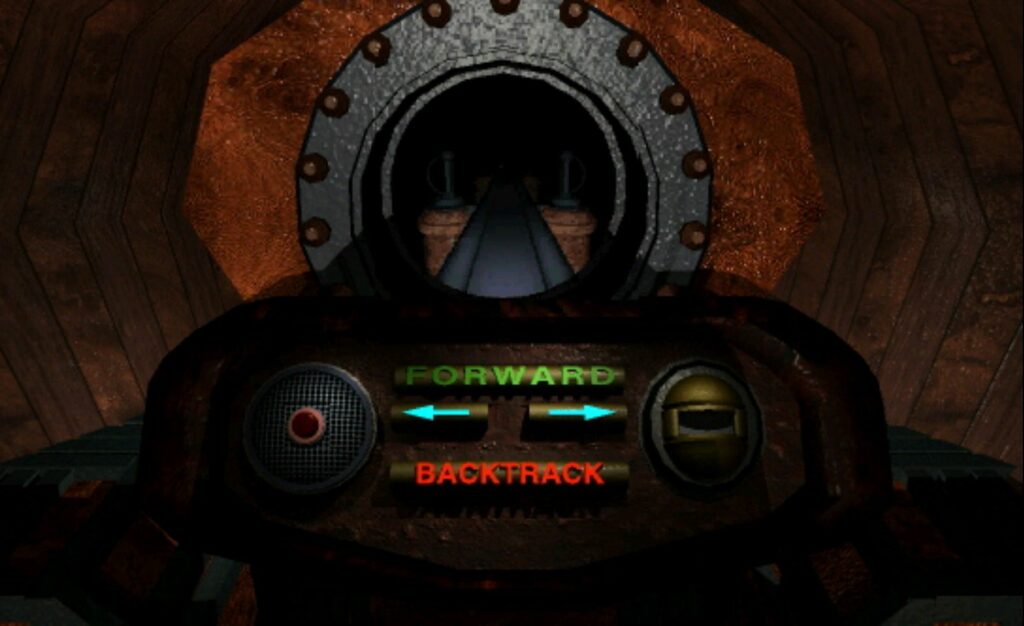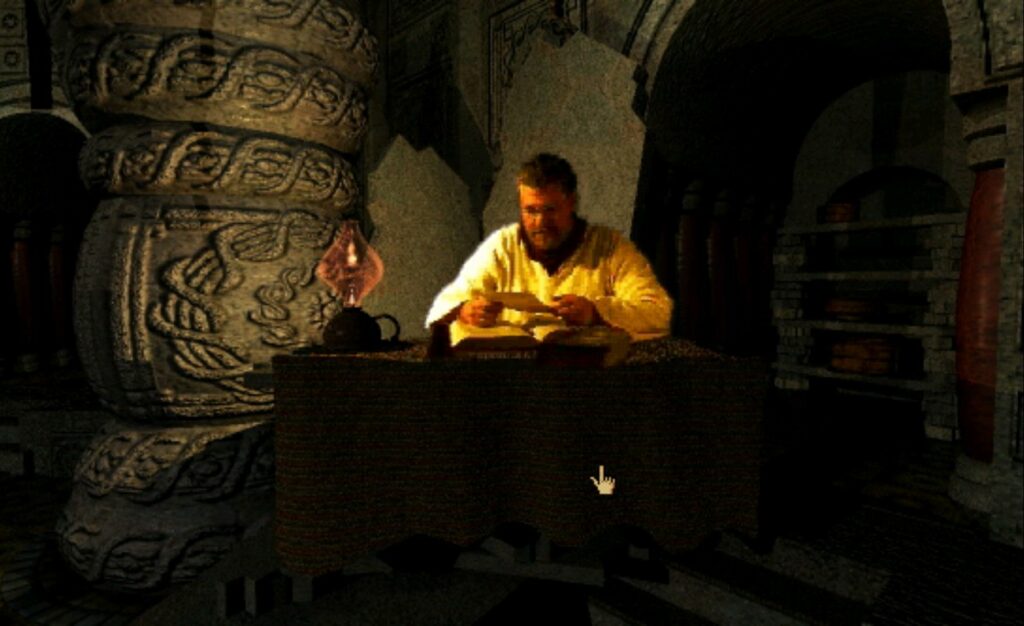Myst is perhaps the most famous point and click adventure game series, surpassing both The Secret of Monkey Island and Broken Sword, in my opinion. When I was much younger, Myst was the game that always drew my eye and made me imagine the fantastic worlds that must lie within. For one reason or another, I never played it until now. After accidentally stumbling across C.G.P. Grey starting a playthrough of it on YouTube, I figured now was as good a time as any.
At time of writing, Myst has four remakes: Myst: Masterpiece Edition, realMyst, realMyst: Masterpiece Edition 2.0, and Myst (with VR support). I don’t believe you can purchase either the original Myst or realMyst any more, both having been superseded by their Masterpiece Editions. For a variety of reasons, I went with the Masterpiece Edition. Years ago I attempted to play realMyst and found it didn’t really work since it was a fully-explorable 3D world – meaning finding clues was kinda difficult, and traveling was far slower than the point-and-click version.
I was moderately surprised to discover that Myst is actually a fairly short game: I was able to complete it in under 5 hours – though I ended up needing one hint (relevant to the picture above) when I missed an entire area because I didn’t click on a certain part of a screen. While it’s almost essential to keep a record of what you see (I’d highly recommend taking pictures and storing notes on your nearest handheld device), doing so makes many of the puzzles almost trivial to solve. I also learned that the puzzles were more self-contained than I expected and that, debatably, the hardest puzzle is on the starting island. Indeed, it was this puzzle that defeated me away on a previous attempt to play Myst years ago. This time, however, I got through it and the remainder of the puzzles went fairly well once I got into that unique game logic mindset necessary for any point and click adventure.
Still, though the puzzles are entertaining for the most part and exploring the lore and worlds is an incredible draw for anyone that likes getting lost in the worlds created by books in real life, I can’t really say that there’s a good reason to play Myst these days. There’s a good base here, but the backtracking required and the slow progress through certain areas drags down an otherwise enjoyable experience. Not to mention the fact that once I beat the game I didn’t even realize it (I somehow skipped the final bit of dialogue and there’s no end screen).
You also don’t have an inventory, so you will likely end up traversing the worlds (or “Ages”) twice just to pick up a second item you couldn’t carry the first time. Some transitions simply take far too long (the unskippable intro cinematic for each age, for example), the static-y messages from the brothers you meet go on for long seconds without really saying much, and I’m fairly sure I spent about 45 minutes to an hour mapping out a maze puzzle that I discovered after solving was far simpler than I expected (you just need to exit the maze: the sound effects, while they do have a meaning, are essentially unimportant). Navigating many areas was made far more difficult since the amount you turn is mostly random – sometimes 90°, sometimes 180° – and you don’t have a compass.
My best moments were actually in the first half hour or so, where I was able to read the lore behind the Ages I was soon to visit in books written by the father of the brothers you meet. I think Myst may just have come out a little too soon to be worthwhile today – hardware limitations and a very small development team (seven people, I believe) meant that while the promise of vast worlds to explore was there and tantalizingly close to realization, it mostly leaves you wanting more in a world where The Outer Wilds exists.
Is it unfair to compare Myst to The Outer Wilds? Incredibly. But there’s actually a better comparison: the Submachine series by Mateusz Skutnik (and Covert Front, but to a lesser degree). Starting in 2005 and releasing the final installment in 2015, Submachine is perhaps the most remarkable point and click puzzle game series to come out of Flash Player. While it’s hard to say that it would ever have been created if not for Myst (the inspiration is glaringly obvious now that I’ve played Myst), I feel as if the Submachine series carries out the promise layed out in the ideas behind Myst.
That being said, Myst is still probably worth a shot: it’s a landmark game and the worlds it hints at are great for the imagination, even if it is held back technologically. Tier Two.



